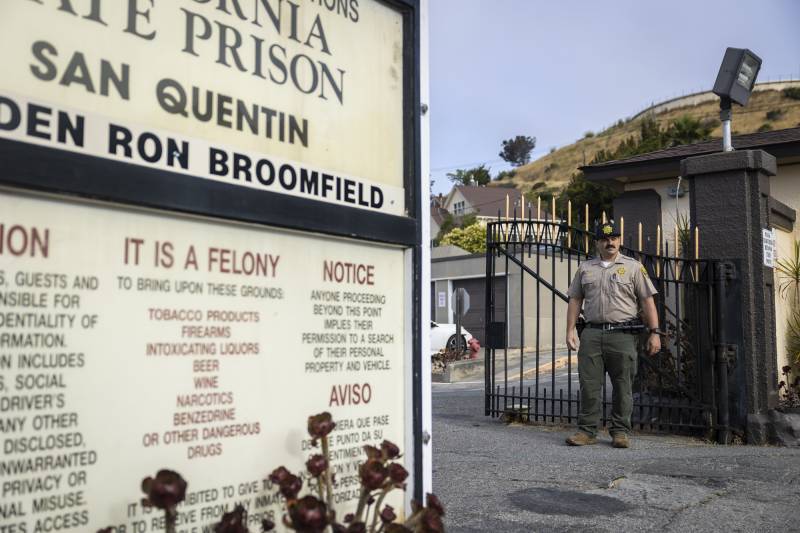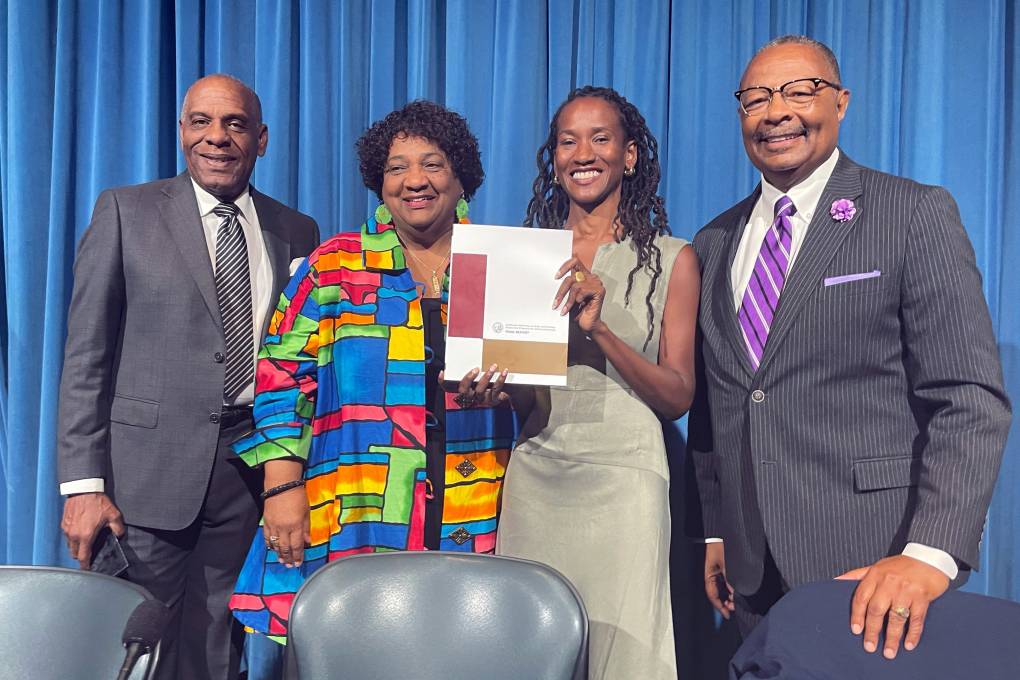On Monday, the communications director of Assemblymember Chris Holden (D-Pasadena) sent a press release with the news that AB 280, a bill that sought to limit the use of solitary confinement in state prisons, was not moving forward.
“Last year, we decided to leave the bill on the Assembly Floor to allow more time for all of the stakeholders involved to work toward a solution and during that time, new regulations were put forth to address some of the issues related to solitary confinement,” Holden, the bill’s author, said in the press release.
“Without a doubt, more change is needed, and I believe holding the bill on the Assembly Floor will allow the Legislature and advocates to review the results of these regulations and use new data to implement the most effective plan of action.”


